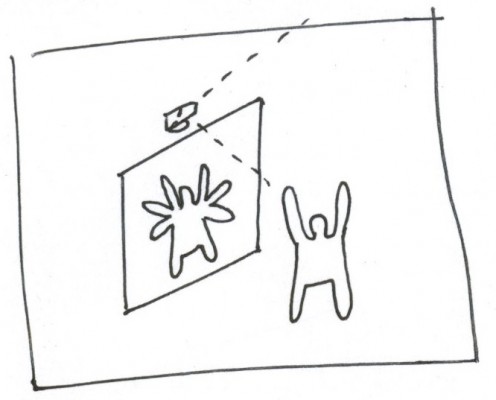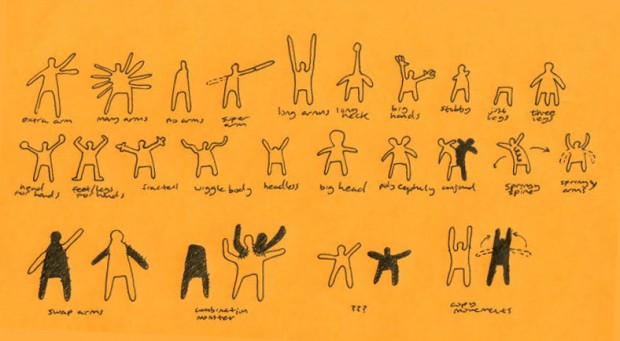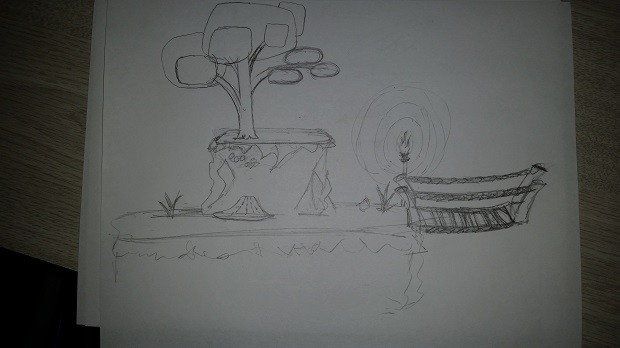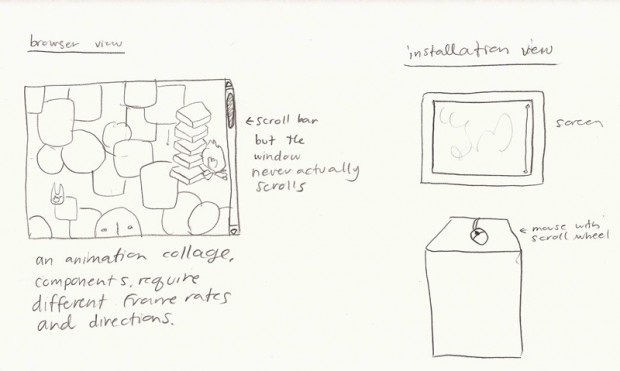
burial.website is a burial ground and archive for online personas that have been deactivated or are no longer in active use.
Overview:
Users explore the burial ground from a first-person perspective, moving around with arrow keys. The setting of the burial ground is a large, grassy field. The time of day is early afternoon, around 2:00pm. Users can download the remains of other personas by clicking on gravestones, and they can also submit their own personas.
Submission details:
A persona is a constructed identity that is distinct from the creator’s irl identity. Visitors with a retired persona are eligible to submit its remains through a drag and drop interface. Chat logs, screenshots, videos and sounds are examples of remains. Following submission, a gravestone will be raised somewhere in the burial site.

Gravestones show basic information about the persona (screen name or name, as well as years or months active), and are direct links to the remains. Clicking the gravestone of a publically accessible persona downloads the remains of that persona as a .zip file.
Technical notes:
- the site will be hosted on a server that is buried underground
- the site will be implemented in JavaScript using the three.js library




